Be in the Know
Use our expertly-written Pilates articles and insights to elevate your industry knowledge
The original work of Joseph Pilates has developed significantly since its inception in the early 20th century. While modern interpretations such as Stott, Body Control Method, and Integrative Approach have brought in a more scientific method to exercise and training, they still retain the core tenants of Pilates’ original ‘Contrology’.
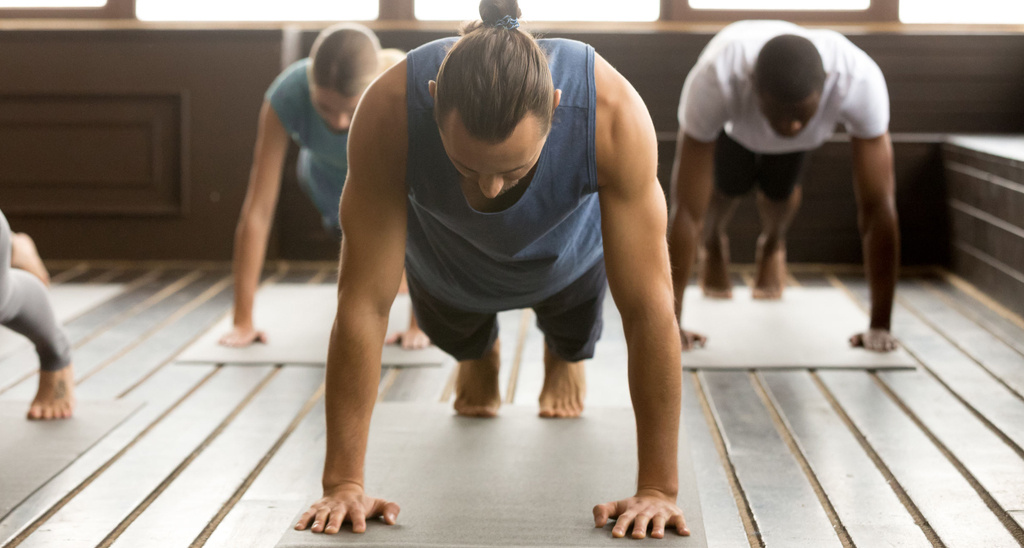
Pilates felt that his work was decades ahead of his time, implying that the modern way of living, poor postures and inefficient patterns of breathing were all factors that impaired a person’s health. Today, poor diet, sedentary lifestyles, and a culture of sitting down (particularly at work) impact our health – so there may be truth in his claim.
Traditional (mat) Pilates has several principles including control, centring, precision and breathing, and with the exercises he laid out, a range of benefits can be gained:
As well as the average Pilates student, improved balance and flexibility has also proven to be greatly beneficial for older adults, particularly when it comes to preventing falls.
A 2014 study by Daegu University in South Korea examined the effects of mat-based Pilates on the balance ability of elderly women, where participants in the study exercised three times a week for 12 weeks, 40 minutes at a time. It was concluded that Pilates exercise had a significant effect on the static and dynamic balance of the women, as well as a better performance in the Timed Up and Go (TUG) test.
In Pilates’ original work ‘Contrology’, he devised 34 exercises. As they have proved so effective, they still to this day remain largely unchanged. While each of the exercises below has a wide range of benefits, they are particularly useful for improving balance and flexibility.
It’s worth noting however that Joseph Pilates primarily worked with dancers, namely the New York School of Ballet – individuals who would be considered fitter than the average person. While these exercises might appear quite difficult as a result, they can be modified or adapted as necessary for those less capable.
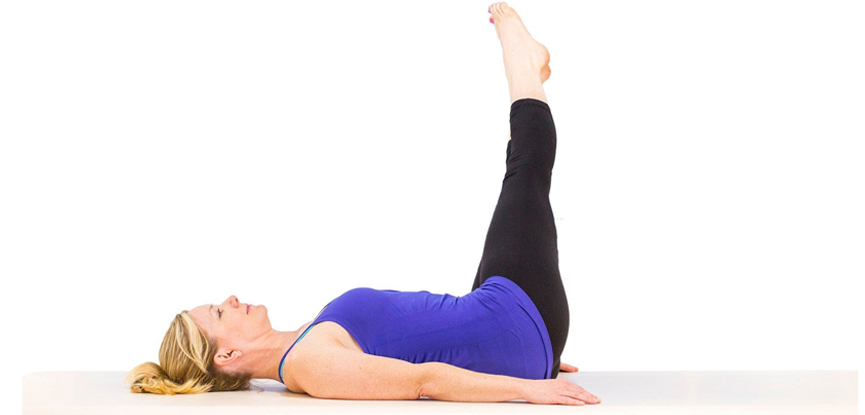
The purpose of this exercise is to promote sequential mobilisation of the hips and spine, while also serving to benefit the development of whole-body balance from a supine position.
To perform this exercise correctly and safely, it’s important that you try not to rotate the spine, instead allowing the hips to lead the movement. Engage the abdominals throughout and avoid straining the neck area. This is best achieved by using the core to control the movement. Typically, this movement involves 3-5 repetitions.
Click here to see what the corkscrew entails, as our tutor demonstrates how to perform the exercise.
An important point to note is that this exercise is not appropriate for those with osteoporosis. Should you need to modify this exercise, the hips can be kept on the mat with just the legs circling.
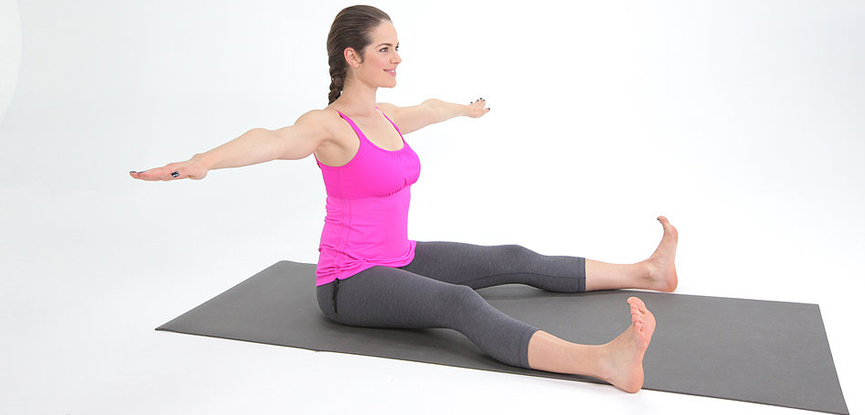
Flexibility in the hips, spine and shoulder regions can all be promoted with this exercise, which also serves to develop scapular and pelvic stability.
To ensure you get the most out of this movement, begin by sitting tall with a neutral spine and pelvis with the legs stretched out to the front. The pelvis should remain fixed throughout and you should ensure that the coccyx remains in contact with the mat.
This exercise provides an alternative to spine twists and can be modified with the use of a block for those with a tight lower back or hamstring.
Click here to watch this movement being performed by our tutor.
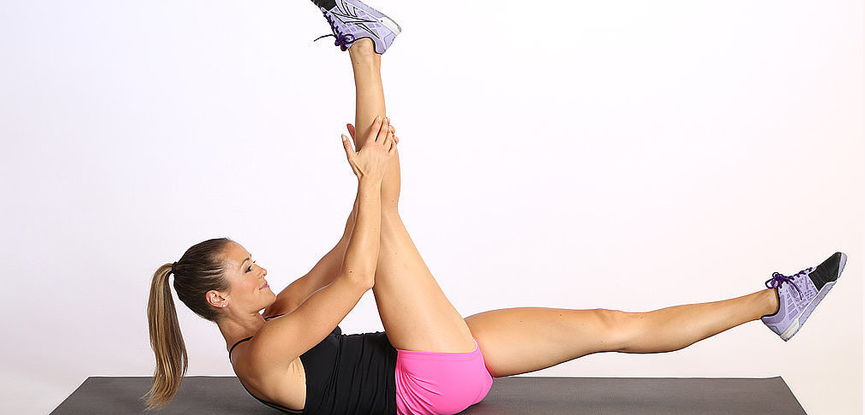
This exercise is not suitable for participants with osteoporosis, though it does bring a wealth of benefits for those able to perform it. These include: developing pelvic and spinal stability; increasing the flexibility of the hamstrings and hip flexor, and promoting overall bodily awareness, balance and control.
If you’re more of a visual learner then take a look at our expert instructor performing this exercise.
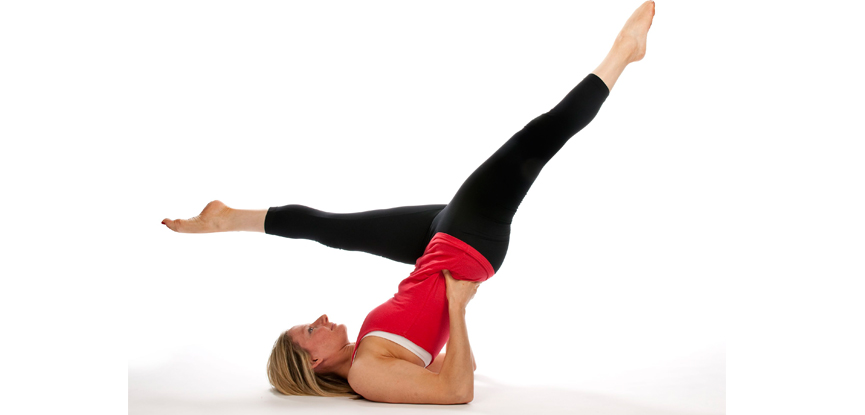
An alternative to Scissors, this exercise serves to mobilise the hips and knees. It also aids the development of pelvic and spinal stability. As with the previous exercise, this should not be performed by those with osteoporosis, but it can be modified by lying on your side for those that find it too difficult.
While performing this advanced movement, avoid loading weight directly into the neck and ensure that the torso and shoulders remained fixed – as ever, the abdominals should be engaged throughout.
Click here to watch our expert instructor break down and demonstrate exactly how this exercise should be performed.

This exercise is designed to mobilise the hip and shoulder joints and promote upper and lower body coordination on reciprocal sides.
To modify, this exercise can be performed lying prone lifting one leg or one arm at a time. The speed of the movement can also be increased should you wish to add a progression.
Discover how to perform this exercise correctly by clicking here to watch an expert demonstration.
If you love Pilates and you’re interested in turning that passion into a career, your journey starts with our industry-leading Pilates instructor courses and online Pilates teacher training. If you are already a qualified Pilates teacher and you are looking to upskill, why not consider taking our Level 4 Advanced Pilates Course.
Back to articlesStep inside the world of Pilates
Great news, you're on the list...